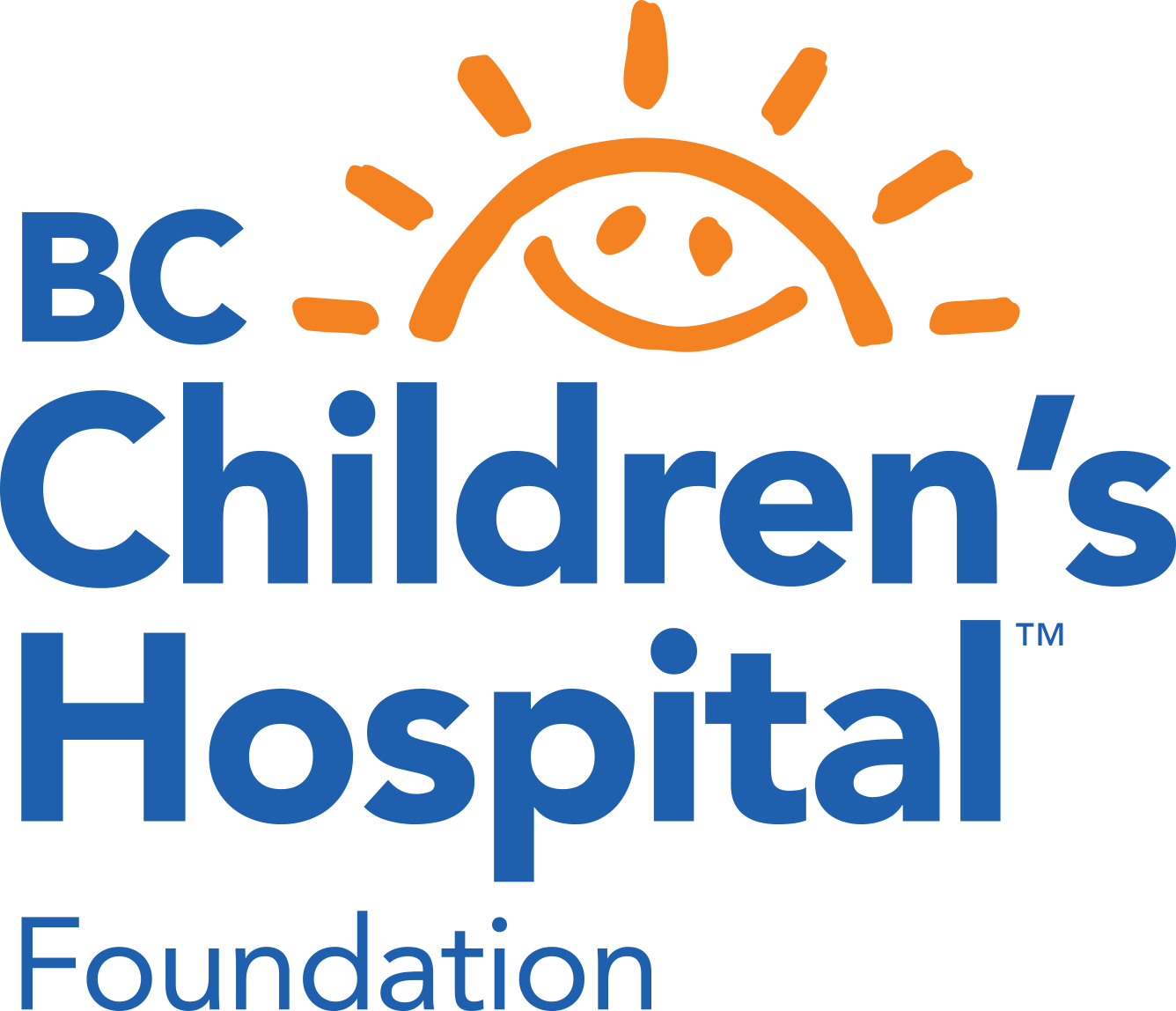Concurrent disorders are mental illness and substance use disorders that happen at the same time. Depression and alcohol dependence is one example of a concurrent disorder.
What is a substance use disorder?
Substance use means using alcohol, drugs or other substances. Think of it as a scale that ranges from substance use that doesn't cause problems to use that does cause problems in a persons life.
Problematic substance use means the alcohol or other drug use is linked to problems such as:
- health problems like diabetes or psychosis
- problems with friends, family or people at work
- risky behaviour:
- taking a lot all at once
- mixing substances (poly drug use), like drinking alcohol and taking sleeping pills at the same time
- using substances and driving or operating machinery
- using substances and going to work or school
Problematic substance use may also include dependence, sometimes called addiction.
Dependence means that a child or youth may:
- Need to take more and more of a substance to get the same result, or the same amount doesn’t affect them the way it used to. This is called tolerance.
- Have troubling symptoms when they stop using a substance and feel they have to use it or another substance to deal with the symptoms. This is called withdrawal.
- Have a hard time cutting back or quitting a substance, even though they want to.
- Spend a lot of time finding, using or recovering from using a substance.
- Give up other parts of life, like family events or work, because of their substance use.
- Keep using a substance even though they know it’s affecting their physical or mental health.
Is any substance use a problem?
How substance use can become a problem
Some youth start to use substances to help them cope with stress, anxiety or depression. There may be conflict at home, school or among their peers. They may be questioning their sexuality. Some children and youth are also more likely to take risks than others. And, sometimes they begin using substances such as nicotine because they think it will lower their appetite.
Age is also important. The younger a person starts experimenting with substances, the more chance they'll develop problems.
When a child or youth use substances, they usually don't understand that it can lead to emotional problems or make problems worse. This is especially true if they are at risk for developing a mental health disorder.
What is mental illness?
Mental illness is a condition that affects the way you feel, think and act. There are many different kinds of mental illnesses, for example:
How are substance use problems and mental illnesses connected?
There are four general ways that mental illnesses and substance use problems go together:
- A mental illness comes first. Example: A young person uses substances like alcohol or other drugs to help them deal with troubling symptoms of a mental illness.
- A substance use problem comes first. Example: A young person uses a substance that triggers symptoms of a mental illness, like depression or psychosis.
- Both problems start at the same time. Example: A mental illness and a substance use disorder are triggered by the same event, like a very scary accident or traumatic experience.
- The problems start separately. Example: A mental illness and substance use problem both start separately, but have the same risk factors, like genes or a difficult environment.
Substance use and mental illness are also connected when they're being treated:
- some substances stop medications from working properly, so symptoms of a mental illness become worse
- some mental illnesses such as psychosis might make it harder to go through some substance use treatments
- some mental illnesses can get worse if a person stops or cuts back their substance use without proper help
- some people don't take their medication when they're using a substance and this makes symptoms of a mental illness worse
- when one problem gets worse it can make the other problem get worse; drinking alcohol can make symptoms of depression worse
For these and other reasons, it's important to take care of both issues at the same time.



